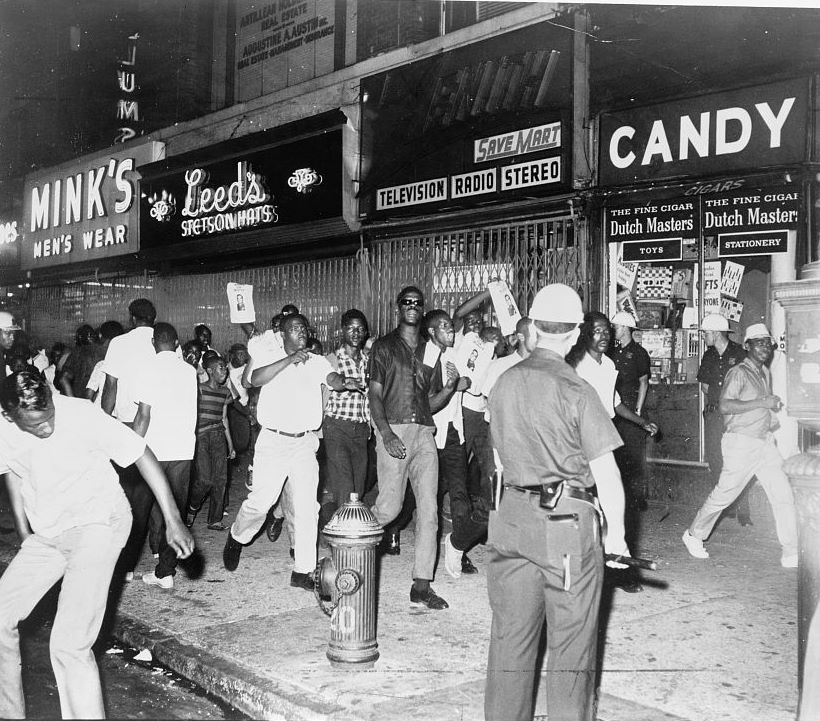Harlem, New York
New York’s Harlem district has always fascinated me – in fact, my eldest daughter lived there when she was studying for some months. Whenever I went to visit her, I was struck by its vibrancy and energy.
The history of Harlem is indelibly tied with African-American culture. Walking down 125th Street, you can see the Apollo Theatre where The Jackson 5, James Brown, and Ella Fitzgerald performed, and on Lenox Avenue, the Cotton Club – where Lena Horne first found fame.

A view of East Harlem today.

A nightclub map of Harlem, 1932.
Since the 1920s, Harlem has had a predominantly black population, and the Depression, as well as the Second World War, had a huge impact on its residents: high rents, unemployment and racism from city officials and police led to race riots in the 1930s and 1940s.
In The Sun Sister, Cecily joins a protest in Harlem, which quickly turns to chaos. This fictional protest was partly inspired by a riot in 1943: Robert Bandy, a black soldier, intervened when a black woman was detained by a white police officer and was shot. That night, the black community, also angered by the continued segregation in the armed forces during the war, rioted and 6 people died with over 700 injured.
During the turbulent era of the Civil Rights Movement in the 1950s and 1960s (which you can read about here) Harlem became a meeting place for activists such as Malcolm X and Queen Mother Moore. In the wake of the Vietnam War, poverty and drugs dominated Harlem in the 1970s and 80s, when organised crime ruled the borough.

Race riot in Harlem, 1964
Harlem is on the island on Manhattan, very close to the wealthy districts of the Upper East and West Side, and in The Sun Sister and I wanted the character of Miles to open her eyes to the realities of life for people less fortunate than her, and also the strong community that exists in Harlem. I was inspired by the people I met at the Abyssinian Baptist Church, and the Mother Zion AME Church who work tirelessly to help young people caught up in addiction and gang life.

Me with Doris Lango-Leak who is the local Harlem historian.

Statue of Clara Hale, outside Hale House Center, Harlem, which Electra goes to see in The Sun Sister
Walking around Harlem in the present day, I tried my best to imagine what it might have been like when Cecily was there in 1947, but the streets have changed dramatically, with many of the old brownstones clad in scaffolding ready to be turned into expensive apartments, cafés or bars.
